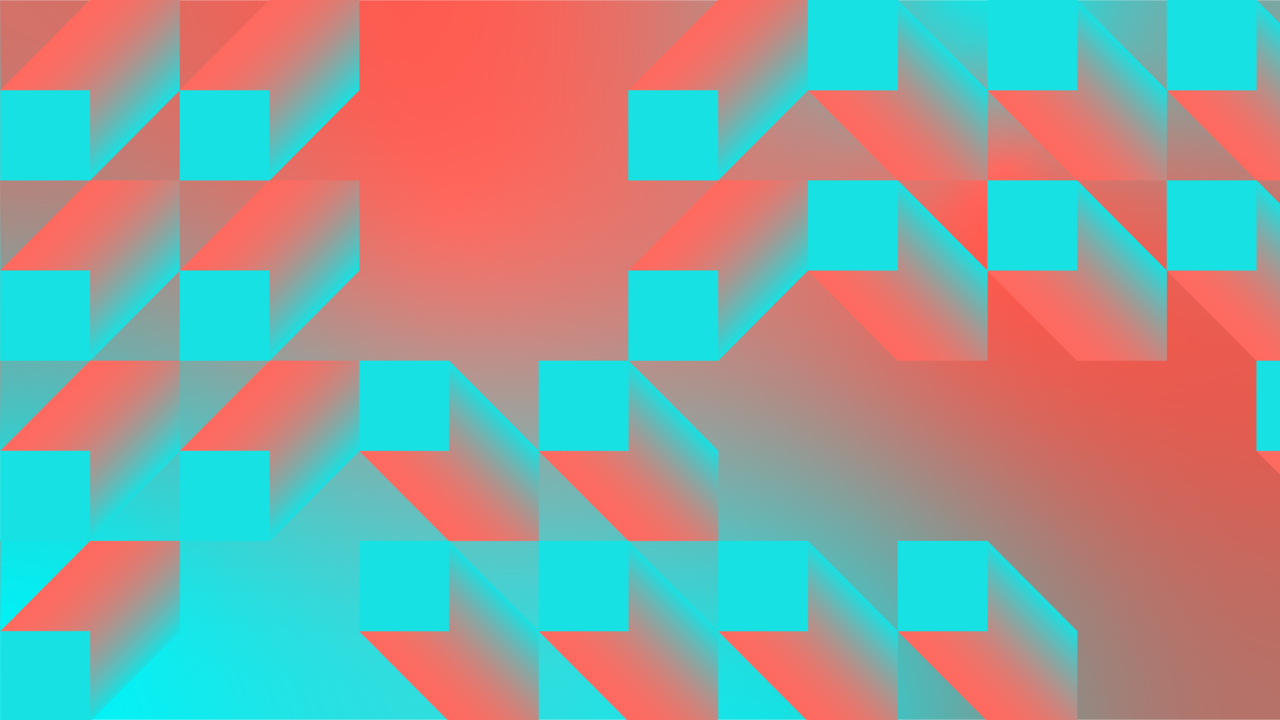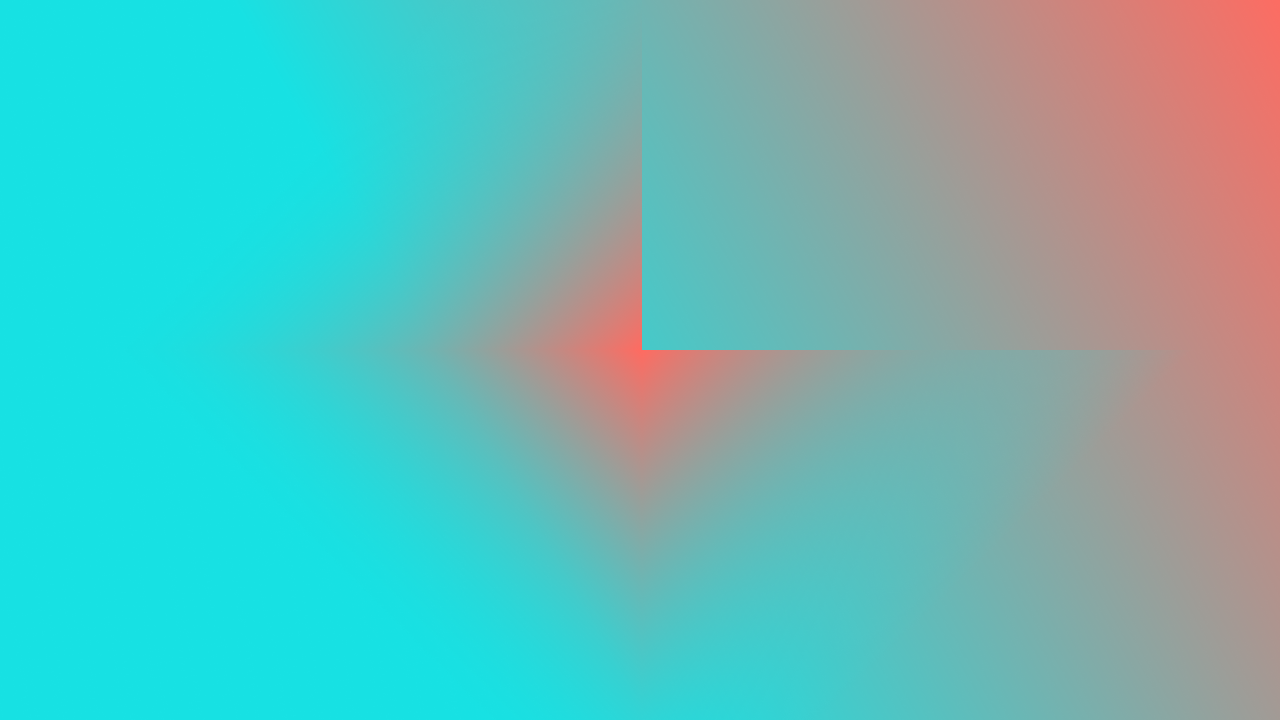MURAL Visual Collaboration Is Human-Centered
Digital workspace, MURAL seeks to reimagine visual collaboration for the post-digital workplace. The digital platform and mobile apps are built to allow teams of all types to plan, brainstorm, evaluate, design, learn, and empathize.
With its attention to tactile, spatial design, it lets remotely distributed teams work together in a way that feels much, much closer. It’s a compelling entry into the “digital whiteboard” genre, placing a strong emphasis on human-centered design.
MURAL’s strategy is human-centered growth
Back in January, MURAL got an injection of $23 million in Series A funding. That’s a big deal, given it’s about 10x the amount they had raised previously.
Their secret for attracting such deep-pocketed investment? A record of slow and steady, capital-efficient growth. MURAL has earned the loyalty of thousands of large-scale enterprise customers with very little outside financial help. In fact, 40 percent of Fortune 100 global enterprises now have teams using MURAL daily.
Since its founding in 2011, the Bay Area and Buenos Aires-based company has been scaling up its customer base in a sustainable way. That’s particularly attractive in the wake of the WeWork IPO fiasco, as the appetite for big tech hubris has evaporated, replaced with an emphasis on businesses that have well-demonstrated fundamentals.
MURAL was a startup-in-residency at celebrated design firm IDEO, graduating in 2014. Apart from injecting human-centered design principles into their product model, the startup’s time at IDEO also helped them design their business model and expand their visual collaboration solutions around experience design, agile development and remote work needs. IDEO’s mentor team introduced them to companies who would go on to become key clients, with the most notable being a little firm called IBM.
MURAL actually commissioned a study by market research firm Forrester, to determine the Total Economic Impact (TEI) and ROI for their platform (IBM was used as the sample). It found that MURAL provided a 495% ROI and 17% increased productivity for project development teams, with a payback period of less than 6 months.
For Mariano Suarez-Battan, co-founder and CEO, this is all down to MURAL’s emphasis on design thinking (a concept born at IDEO). Mariano saw firsthand the importance of design as a business fundamental and built MURAL around the practical needs of remote design teams.
Flexible yet programmatic, design thinking takes an iterative approach to innovation, one well-suited for contemporary companies in the lean startup world, for whom delivering results quickly is key. As Suarez-Battan notes: “Design thinking has become the core competence that’s been agreed on, that’s fundamental for companies and teams to design the best customer experiences.”
MURAL is thus constructed around the IDEO creed of designing behaviors and personality into products and services. It does this by tapping into the immediacy of visual communication and its creative possibilities.
Suarez-Battan notes the simple fact that humans are fundamentally visual beings, and have been so for a long stretch of time (one example he gives is cave paintings).
The process of visualization is great for teams as it allows complex information to be conveyed as quickly and comprehensively as possible. As we work out the details of an idea, we accumulate a lot of puzzle pieces. If we want to have a better chance of finding out how they fit together, we’re best served by representing them simply—i.e. visually.
Collaborative features, flexible visualizations
MURAL is suitable for personal use, and for small and large teams. It goes beyond the basic DNA of a digital whiteboard to facilitate deep, collaborative ideation and workflow.
Start by making sticky notes and then organize and refine your ideas into lists, flowcharts, diagrams, and frameworks. The process allows you to bring order from the productive chaos of the mind. You can turn abstract ideas into concrete ones, communicate them legibly to others, and build a foundation for further productive work.
You can insert photos, text, videos, hyperlinks, and other multimedia directly into your workspace, making for much more dynamic visual documents.
If you don’t want to start working from a tabula rasa of endless white space, there’s a ton of nifty templates with advanced features built-in. A few of them include product roadmap, “wall of work” (i.e. daily workflow Kanban), storyboarding, cover story mock-up, service blueprint, big idea sketchpad, and collaborative prototyping.
You can make comments, give your two cents on a proposal, and align on deadlines and goals. There’s a built-in voting system so you can come to a consensus on which course of action to take next.
MURAL is also touted as a way of saving money on travel expenses by cutting down in-person meeting requirements. It’s set up to run events like a remote design studio, tutorial, brainstorm, or workshop. When your rendezvous is done, the platform allows you to automatically generate a digitized record of what you’ve been working on (which you can then export as a PDF), cutting down on note-taking.
It can also facilitate better monitoring of business practices; for example, you can use it to make small design changes more often by keeping your organization agile and aware of what’s working and what could be improved.
MURAL integrates with essential tools, including Dropbox, Microsoft Teams, JIRA, GitHub, Slack, Google Calendar, Microsoft Spreadsheets, and Microsoft Documents. The app is also SOC 2 and EU-US Privacy Shield compliant, so you can be assured of the secure management of all your data.
After all, imagination won’t be automated anytime soon
In short, the platform provides a foundation for being creative in the digital space, a way of overcoming the limitations of SaaS remote work tools that can often seem “flat.”
MURAL helps teams work more efficiently and come to educated, collectively-agreed decisions faster. It’s a medium for translating imagination into human-friendly plans of action, using human-centered design principles in a practical everyday way.
The success of the platform goes to show how critical nonlinear, creative skills have really become—even for legacy, enterprise-level companies.
AI may be getting better and better, but the iterative, deep process of transforming imagination into execution will not be getting axed anytime soon. Actually, it’s only going to become more important as automation advances. So we should definitely have a tool for doing it 2020s-style.
And it should be fun.
(Don’t worry, MURAL is.)




